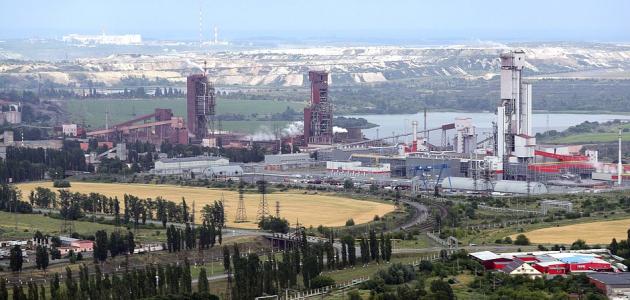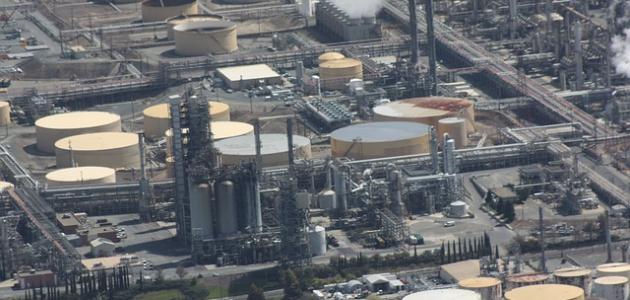petroleum
Oil is a dense, highly flammable, black liquid. It is considered a non-renewable natural resource that can be exhausted. Industrial European countries are racing to import it from the countries that produce it, so that it has become dependent on it in most of the various aspects of life. Oil contributes about 39% of global consumption. energy, and the Middle East region is the richest oil reserve in the world; In view of its economic importance, we find countries searching for oil wells, trying to develop drilling methods using advanced technologies.
One of the most important reasons for the spread of oil is the ease of transporting it and converting it into many derivatives. There are two types of petroleum: crude oil and mixed-based crude.
The origin of petroleum
The origin of petroleum originates from the remains of dead plants and organisms, which were deposited at the bottom of the seas and below the surface of the earth, through the deposition of huge rocks containing the same organic materials on top of these remains, which led to the formation of a new layer on top of the other existing layers, due to the high temperatures. High pressure and chemical, bacterial, and physical activity transformed the organic materials in the layers into components of hydrogen and carbon, and then, over millions of years, formed what is called petroleum.
petroleum components
- Chemical compounds: They are paraffin and naphthenic hydrocarbons, which constitute 80% to 90% of its composition. The physical and chemical properties of petroleum are determined by controlling the proportion of these compounds. Therefore, the chemical composition of petroleum is very complex. Where the percentage of paraffins depends on the nature of the petroleum itself, the less dense is rich in regular paraffins, and the more dense contains low percentages of paraffins.
- Sulfur compounds: It is found in all types of petroleum, but in different quantities, and petroleum that contains less than 0,5% of sulfur is considered low-sulfur petroleum, and higher than this percentage is considered high-sulfur petroleum, and the availability of sulfur in petroleum is related to the degree of boiling.
- Nitrogenous compounds: It is found in petroleum in small quantities and increases with the increase in specific weight and the proportion of resinous substances. Where it is always present in the form of compounds of an organic nature, and nitrogenous compounds are mainly concentrated in the remaining materials after the first distillation process.
- Oxygenic compounds: The percentage of oxygen in petroleum does not exceed 1%. Oxygenic compounds belong to naphthenic acids and phenols, as well as asphalt resins. Naphthenic acids are cyclic compounds that contain a carboxyl group.
- Asphalt and resinous materials: These substances give petroleum products a dark color, and their availability helps in the formation of coke and scales in the engine cylinders.









